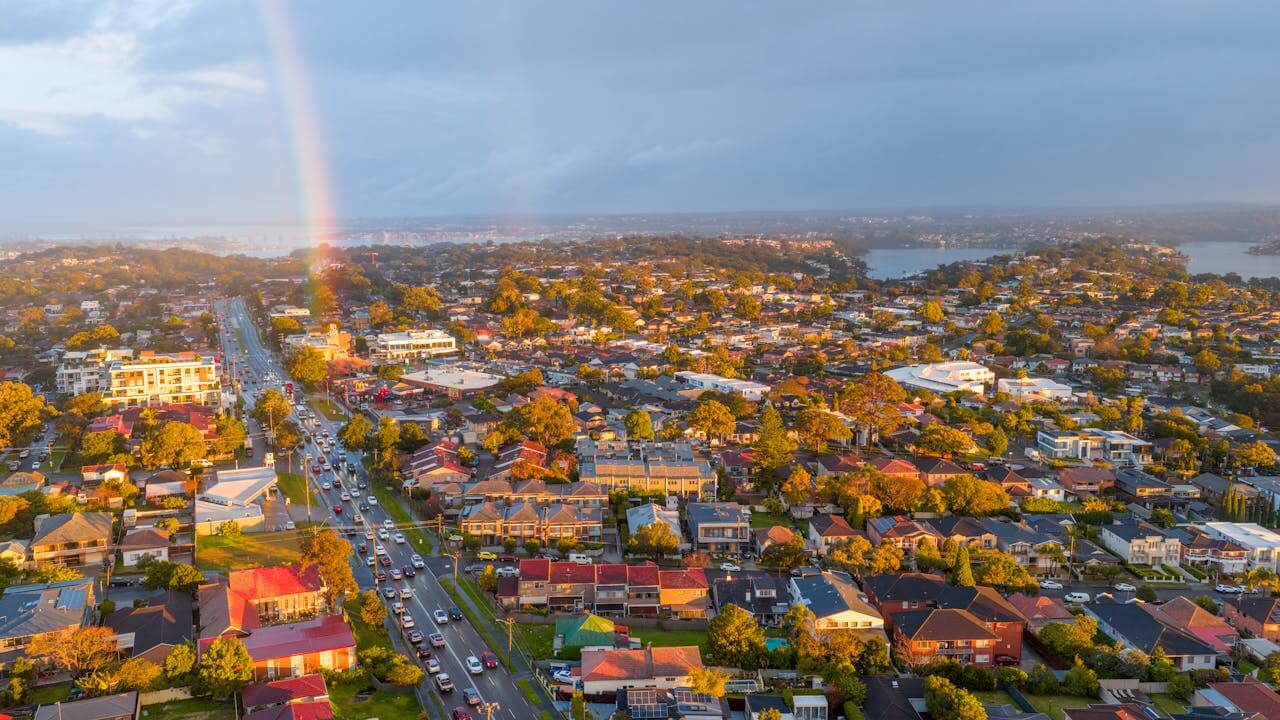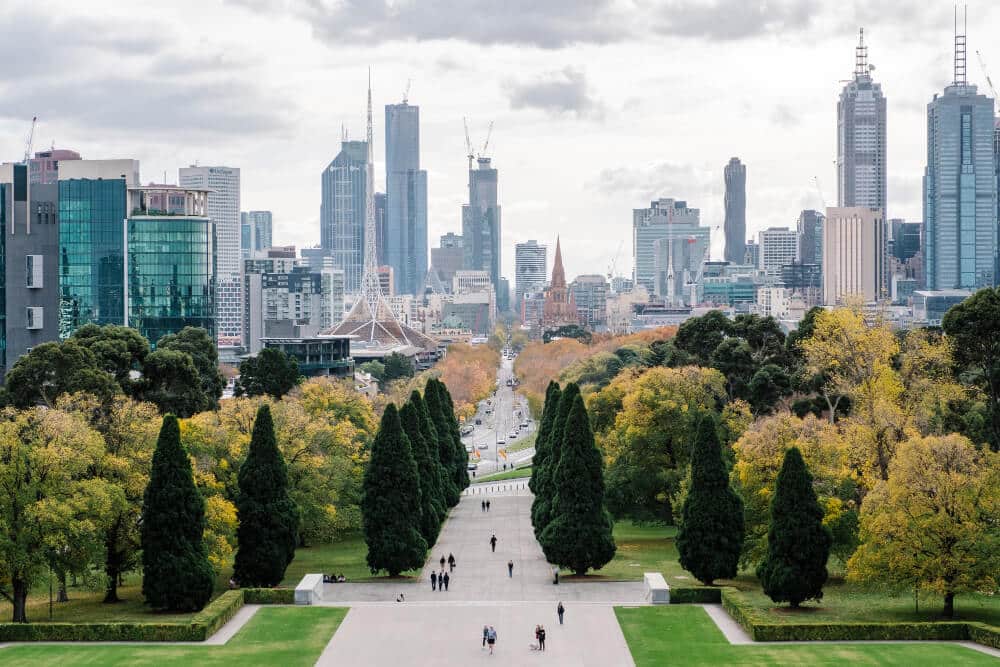Sydney remains Australia’s most dynamic property market. With prices projected to climb significantly over the next five years, investors who understand both long-term fundamentals and emerging buying strategies stand to benefit most. Off-market properties, homes sold privately without public advertising, are quickly becoming the smartest pathway for investors seeking growth, equity, and competitive advantage.
This shift isn’t temporary. As competition intensifies and supply tightens, off-market deals offer investors early access, better negotiation power, and opportunities that simply don’t exist on public platforms. For those ready to act strategically, Sydney’s future belongs to buyers who know how to access these hidden opportunities.
Sydney’s Current Market Snapshot
Sydney’s property market is experiencing steady demand despite affordability challenges. The median house price currently sits at $1.49 million, while units average around $796,000. Rental demand remains strong across most suburbs, supported by population growth and limited housing supply.
However, competition for publicly listed properties continues to drive prices higher. Auction clearance rates regularly exceed 70%, and buyers often face bidding wars that push final sale prices well above reserve. For investors, this creates a difficult environment where overpaying becomes the norm rather than the exception.
Off-market transactions offer a solution. By bypassing public listings, investors can negotiate directly with motivated sellers, avoid inflated auction prices, and secure properties that align with their investment criteria—without the stress of competitive bidding.
Long-Term Outlook for Sydney’s Property Market
Sydney’s property market is forecast to deliver strong growth between 2025 and 2030. According to industry forecasts, median house prices are expected to reach $2.4 million by 2030, representing cumulative growth of approximately 61% over the decade. Units are projected to climb from $796,000 to around $880,000, driven by rising construction costs and recovering demand.
Annual growth is expected to average 4–7% through FY25–26, with the steepest increases occurring as interest rates stabilise and major infrastructure projects reach completion. This positions Sydney as one of the fastest-responding capital cities to rate cuts and market shifts.
Demographic Drivers
By 2041, Greater Sydney is projected to host 6.3 million residents, up from approximately 5.55 million today. That’s an increase of over 750,000 people in just 15 years. Even conservative estimates suggest the city will need 180,000–190,000 new homes by 2035 to meet demand. If immigration and student inflows remain strong, that figure could exceed 300,000.
At the same time, average household sizes are shrinking, from 2.9 to 2.5 people per household, which means housing demand will grow even if population growth plateaus. These demographic and density trends guarantee long-term structural demand, even during short-term market slowdowns.
Infrastructure as a Growth Engine
Sydney’s infrastructure investments will play a critical role in driving residential values over the next decade. Between 2024 and 2030, over $120 billion will be invested in transport and urban projects, reshaping connectivity and housing accessibility across the city.
Key projects include:
- Sydney Metro (Northwest, City, Southwest): Suburbs like Castle Hill, Crows Nest, and Cherrybrook have already recorded double-digit annual price growth following new station openings.
- WestConnex: Reduces commute times across inner-west corridors (Five Dock, Haberfield, Ashfield), improving liveability and pushing up buyer demand.
- Western Sydney Airport + Aerotropolis: Transforming surrounding centres (Luddenham, Bringelly, Leppington, Oran Park) into high-growth residential and logistics hubs.
- Parramatta Light Rail: Reinforces Parramatta’s rise as Sydney’s second CBD, improving surrounding markets such as Rosehill, Rydalmere, and Westmead.
As these projects complete, previously undervalued suburbs on the city fringe are experiencing price increases that extend 10–15 km beyond immediate infrastructure zones.
Why Off-Market Properties Are the Future
Sydney’s off-market segment accounts for approximately 20% of all residential transactions; a share that continues to rise as listing volumes fall and competition intensifies. Recent data shows Sydney listings dropped by 12% year-on-year, even as overall transaction volumes rose. This proves that a growing number of properties now sell without ever being advertised.
Why Off-Market Transactions Are Rising
- Supply Scarcity
Sydney’s stock levels sit 20% below their five-year average, forcing buyers toward private networks to bypass competition.
- Privacy and Speed
High-income vendors in markets like the North Shore, Inner East, and Northern Beaches prefer quiet sales. Without open inspections, sellers can achieve fast turnarounds while reducing stress and disclosure risk.
- Buyer’s Agents Driving Access
Buyer’s agents dominate this segment by using agent relationships and private databases. Many Sydney agencies now rely on internal “notify-first” systems that give buyer’s agents early access to unlisted houses 1–3 weeks before mainstream marketing campaigns begin.
- Efficiency During Tight Timelines
With auction clearance rates back above 70%, vendors benefit from certainty of sale. Off-market buyers armed with pre-approval or cash can negotiate directly with these vendors before public listing begins.
Strategic Advantages for Investors
Access to Prime Locations
Suburbs like Vaucluse, Mosman, Paddington, Manly, and Woollahra record some of the highest off-market sale frequencies in Sydney. Off-market channels let investors secure properties in tightly held neighbourhoods where public listings often attract 50+ bidders within days.
Lower Buyer Competition
By avoiding auctions, investors sidestep bidding wars that can add 7–10% over true market value in hyperactive suburb auctions. Off-market transactions create a calmer negotiation environment, allowing fairer or even slightly discounted purchases when sellers prioritise discretion.
Tailored Investment Matching
Off-market deals often align precisely with investor goals—renovation candidates, high-yield duplexes, or blocks suitable for subdivision. Because buyer’s agents pre-screen properties for alignment with the client’s strategy, investors reduce research time and improve fit-for-intent transactions.
Portfolio Consistency for Long-Term Growth
Off-market acquisitions deliver faster transaction times and lower churn, helping investors build equity within stable premium suburbs rather than speculative outer markets.
Key Suburbs and Regions to Watch
Sydney’s infrastructure boom is creating distinct investment corridors that will benefit most from off-market strategies over the next five years.
The Western Sydney Growth Axis
From Liverpool to Penrith, multiple projects—airport, metro lines, logistics precincts—form Australia’s most active development corridor. Suburbs like Oran Park and Austral, priced 35–40% below inner Sydney, still yield consistent 6% rental returns and are positioned for double-digit growth once Sydney Metro lines open.
Inner West Urban Renewal
Ashfield, Marrickville, and Dulwich Hill are benefiting from generational renewal driven by WestConnex and light rail expansion. Unit-to-house transitions are shrinking, signalling gentrification and high redevelopment participation rates.
North Shore Metro Belt
Crows Nest, Macquarie Park, and Chatswood are among Sydney’s strongest post-2024 performers, delivering 8–10% yearly growth as global talent and higher-income professionals favour proximity to metro-linked employment belts.
Lower North & Eastern Suburbs Off-Market Ecology
Prestige suburbs such as Mosman, Paddington, and Vaucluse pull large portions of their sales activity through off-market networks, rarely reaching public listing platforms. Privacy-driven owners and time-conscious high-net-worth buyers keep this channel thriving.
How Buyer’s Agents Unlock Sydney’s Off-Market Future
Buyer’s agents play a critical role in accessing Sydney’s off-market segment. Their networks, market knowledge, and negotiation expertise provide investors with advantages that are nearly impossible to replicate independently.
Network Power
Buyer’s agents maintain relationships with selling agents, developers, and private vendors who notify them of properties before they reach public platforms. This early access gives clients a first-mover advantage in competitive markets.
Expertise in Identifying Growth Areas
Experienced buyer’s agents understand which suburbs are positioned for growth based on infrastructure projects, demographic shifts, and supply constraints. This knowledge helps investors target areas where off-market opportunities offer the strongest potential for capital appreciation.
Strategic Negotiations
Buyer’s agents negotiate on behalf of investors to secure properties at fair or below-market prices. By handling all communication and negotiation, they remove emotion from the process and focus on achieving the best possible outcome.
Preparing for the Next Wave of Sydney Investment
Investors who want to succeed in Sydney’s evolving market need to act strategically. Here are the key steps to prepare:
- Get Pre-Approved for Finance
Securing finance approval before searching for properties gives you negotiating power and speed. Sellers prefer buyers who can move quickly, especially in off-market transactions.
- Work with a Buyer’s Agent
A buyer’s agent with access to off-market networks can unlock opportunities you won’t find on public platforms. Choose an agent with a proven track record in Sydney’s market.
- Conduct Thorough Due Diligence
Off-market properties may come with less marketing transparency, so independent valuations, building inspections, and strata reports are essential.
- Focus on Growth Corridors
Target suburbs near major infrastructure projects or areas experiencing demographic shifts. These locations offer the strongest potential for capital growth and rental demand.
Sydney’s Off-Market Future: Strategic, Selective, and Rewarding
The future of Sydney’s property market between 2025 and 2030 will be defined by supply gaps and off-market sophistication. Structural underbuilding, population inflows, and infrastructure-led redevelopment lock in long-term capital growth; forecast at over 60% cumulative appreciation by 2030.
For investors, Sydney’s off-market segment offers a direct route into exclusive inner-suburb stock, negotiation power in a low-supply environment, and strategic entry ahead of the city’s infrastructure-driven value increases.
The next five years favour discrete, data-informed, and network-driven investing over open-market competition. Accessing Sydney’s best returns will increasingly depend not on timing the cycle; but on who you know and where your agent can take you off the grid.
If you’re ready to access Sydney’s hidden opportunities, connect with House Finder today. Our team specialises in securing off-market investment properties below market value, helping investors build wealth through strategic acquisitions.



